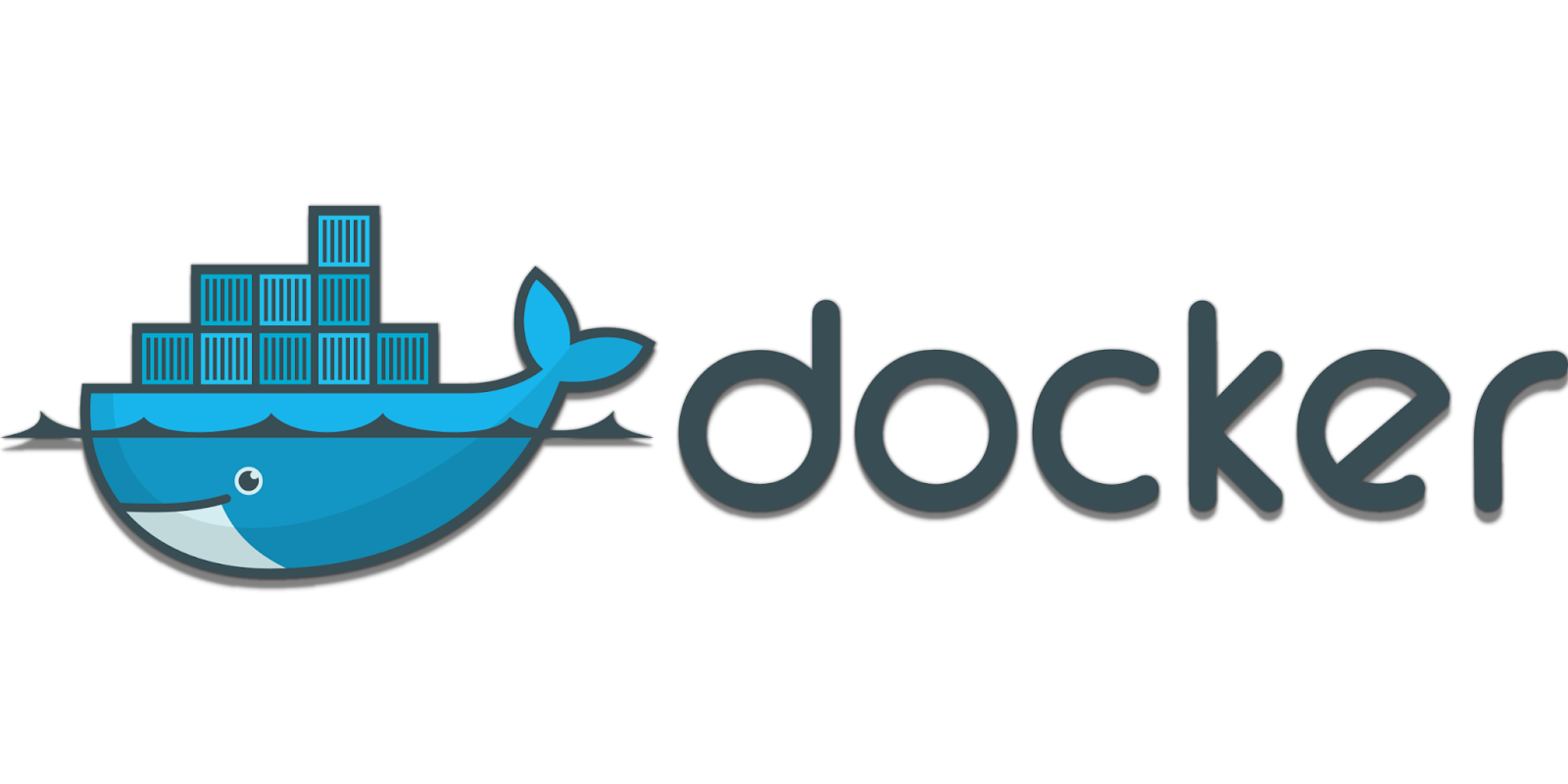What is Jenkins Pipeline?
Jenkins Pipeline is a mix of modules that upholds combination and execution of persistent conveyance pipelines. It has an extensible mechanization server to make basic and complex conveyance pipelines as code through pipeline DSL. A Pipeline is a gathering of occasions interlinked with one another in a grouping.
How does it Functions?
In a Jenkins pipeline, each work or occasion has a reliance on no less than at least one occasion of some kind or another.
The image above addresses a ceaseless conveyance pipeline in Jenkins. It contains a gathering of states called fabricate, convey, test and delivery. These occasions are interlinked with one another. Each state has its occasions, which work in a grouping called a persistent conveyance pipeline.
A constant conveyance pipeline is a robotized articulation to show your interaction for getting programming for rendition control. Hence, every change made in your product goes through various complex cycles while heading to being delivered. It likewise includes fostering the product in a solid and repeatable way, and movement of the constructed programming through different phases of testing and sending.
In this Jenkins pipeline instructional exercise, you will learn
What is a Jenkins File?
Jenkins pipelines can be characterized utilizing a text record called Jenkins File. You can execute a pipeline as code utilizing Jenkins File, and this can be characterized by utilizing a space explicit language (DSL). With Jenkins File, you can compose the means required for running a Jenkins pipeline.
The advantages of utilizing Jenkins File are:
-
You can make pipelines consequently for all branches and execute pull demands with only one Jenkins File.
-
You can survey your Jenkins code on the pipeline
-
You can review your Jenkins pipeline
-
This is the solitary hotspot for your pipeline and can be altered by numerous clients.
Jenkins File can be characterized by either Web UI or with a Jenkins Document.
Declarative versus Scripted pipeline syntax:
There are two types of Jenkins pipeline syntax used for defining your Jenkins File.
-
Declarative
-
Scripted
Declarative:
Declarative pipeline linguistic structure offers a simple method for making pipelines. It contains a predefined ordered progression to make Jenkins pipelines. It empowers you to control all parts of a pipeline execution in a basic, straight-forward way.
Scripted:
Scripted Jenkins pipeline runs on the Jenkins ace with the assistance of a lightweight agent. It utilizes not many assets to make an interpretation of the pipeline into nuclear orders. Both exploratory and Scripted sentence structure are unique in relation to one another and are characterized absolutely in an unexpected way.
What is pipeline as code in Jenkins
The critical component of this pipeline is to characterize the whole arrangement course through code. What's the significance here? It implies that every one of the standard positions characterized by Jenkins are physically composed as one entire content and they can be put away in a rendition control framework. It fundamentally follows the 'pipeline as code' discipline. Rather than building a few positions for each stage, you can now code the whole work process and put it in a Jenkins file. The following is a rundown of justifications for why you ought to utilize the Jenkins Pipeline.
Jenkins Pipeline Benefits
-
It displays easy to complex pipelines as code by utilizing Cool DSL (Area Explicit Language)
-
The code is put away in a text document called the Jenkins file which can be looked into a SCM (Source Code The executives)
-
Further develops UI by consolidating client input inside the pipeline
-
It is tough as far as impromptu restart of the Jenkins ace
-
It can restart from saved designated spots
-
It upholds complex pipelines by consolidating contingent circles, fork or join activities and permitting undertakings to be acted in equal
-
It can incorporate with a few other modules
Why Utilize Jenkins Pipeline?
Jenkins is an open consistent coordination server which can uphold the computerization of programming improvement processes. You can make numerous robotization occupations with the assistance of purpose cases, and run them as a Jenkins pipeline.
Here are the justifications for why you use ought to utilize Jenkins pipeline:
-
Jenkins pipeline is carried out as a code which permits various clients to alter and execute the pipeline interaction.
-
Pipelines are vigorous. So on the off chance that your server goes through an unanticipated restart, the pipeline will be consequently continued.
-
You can stop the pipeline cycle and make it hold on to continue until there is a contribution from the client.
-
Jenkins Pipelines support large tasks. You can run numerous positions, and even use pipelines in a circle
Jenkins Pipeline Ideas
|
Term |
Description |
|
Pipeline |
The pipeline is a bunch of guidelines given as code for ceaseless conveyance and consists of directions required for the whole form process. With pipeline, you can assemble, test, and convey the application. |
|
Node |
The machine on which Jenkins runs is known as a hub. A hub block is chiefly utilized in prearranged pipeline sentence structure. |
|
Stage |
A stage block contains a progression of steps ready to go. That is, the form, test, and convey processes generally meet up in a phase. By and large, a phase block is utilized to picture the Jenkins pipeline process. |
|
Step |
A step is only a solitary errand that executes a particular cycle at a characterized time. A pipeline includes a progression of steps. |
.png_202301060615.png)
.png_202212230619.png)
.png_202212220801.png)
.png_202212220756.png)


.png_202211120618.png)